The Ornament of Empire
Nurserymen and the Making of the American Landscape
Camden Burd, PhD Candidate, History, University of Rochester
AAS, Kate B. and Hall J. Peterson Fellow

Dissertation Layout
- Flour City
- Good Nurserymen
- Empire
- Ornament
- Flower City
- Bugs
Chapter 1 - Flour City
- What economic/cultural influences led to rise of horticulture in Western New York?
- Why horticulture?
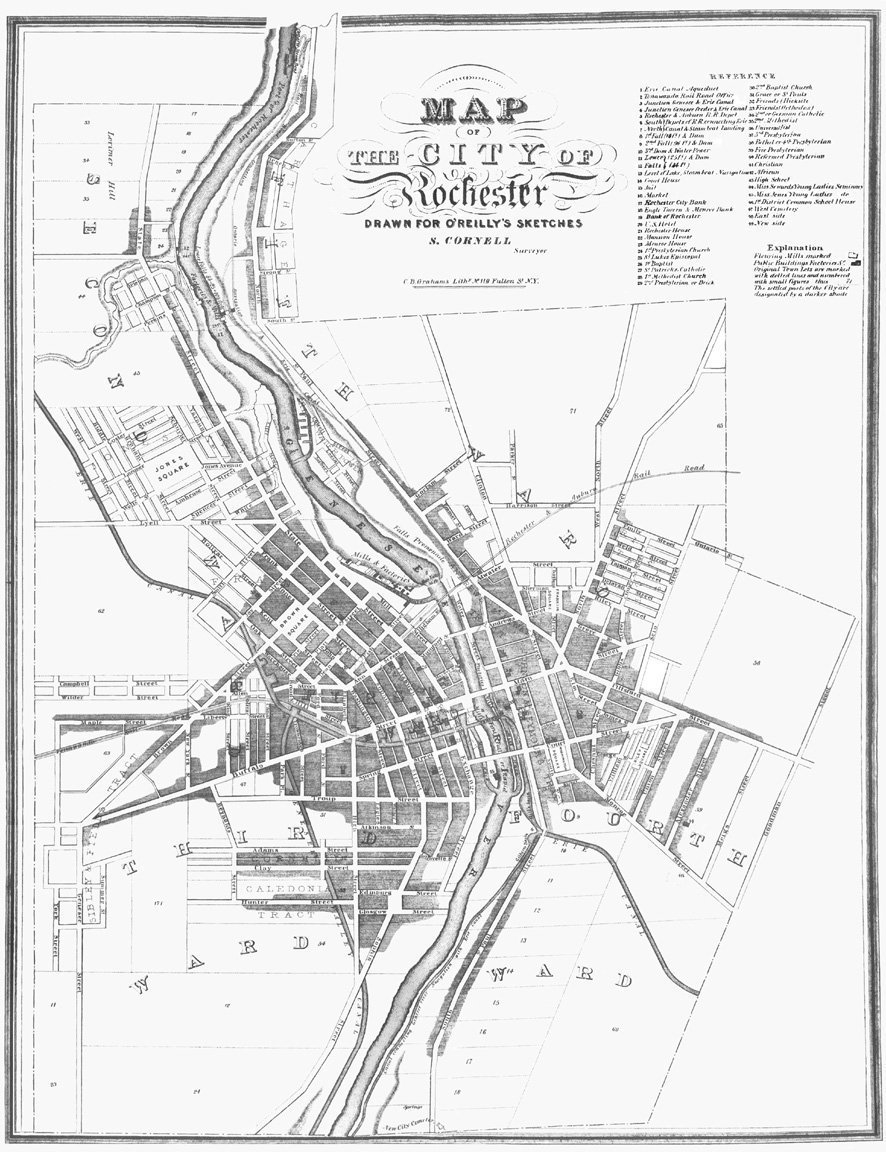
Rochester, NY (1838)
Population
1820 - 1,502
1840 - 20,191
- Alexis de Tocqueville
he will plant a garden and rent it just as the trees are coming into bearing; he will clear a field and leave others to reap the harvest; he will take up a profession and leave it, settle in one place and soon go off elsewhere
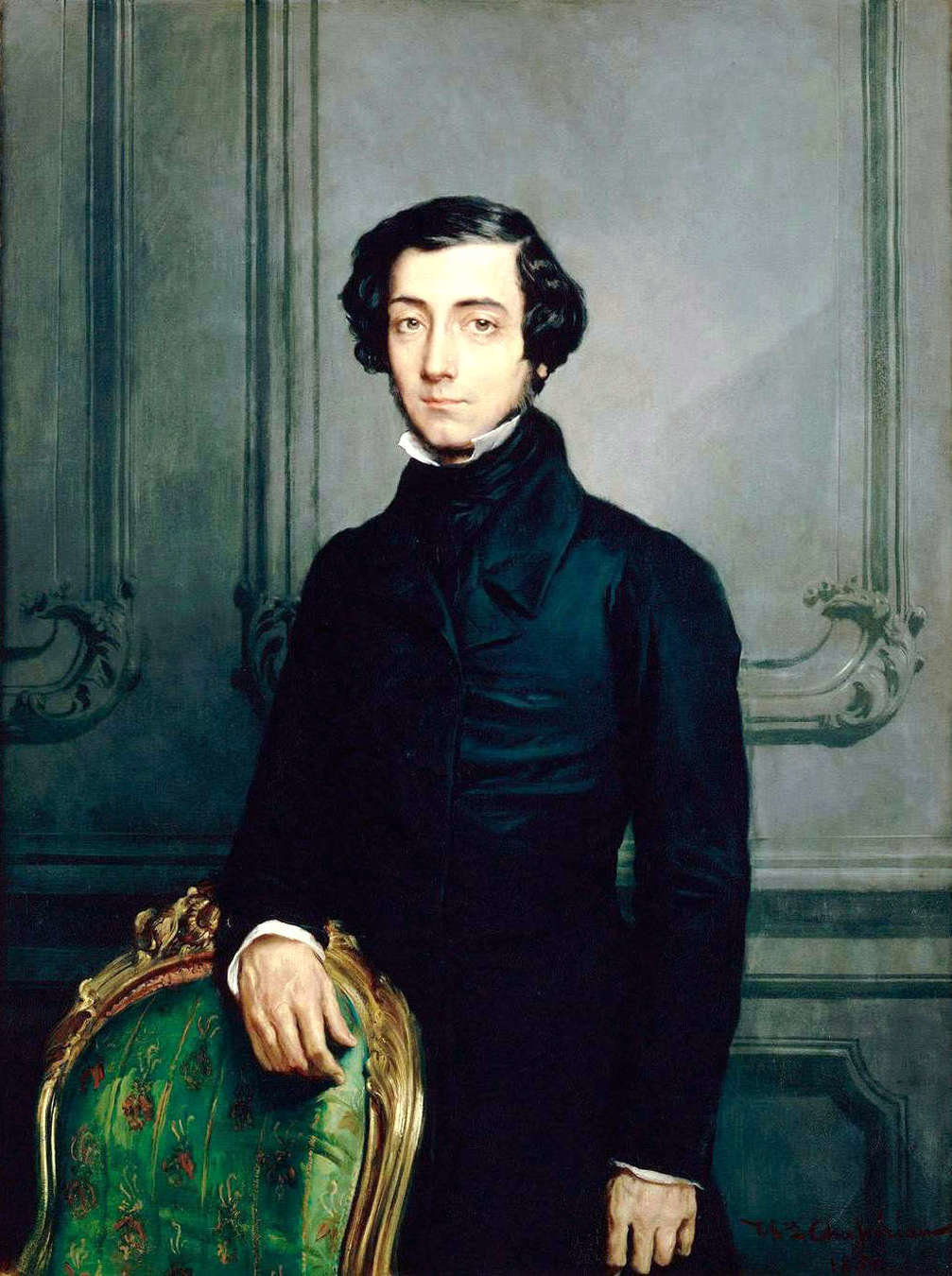
transforms what is only a tame meadow and a bleak aspect into an Eden of interest and delights… It gives a bit of soil, too insignificant to find a place in the geography of the earth’s surface, such an importance in the eyes of its possessor that he finds it more attractive than countless acres of unknown and unexplored ‘territory.'
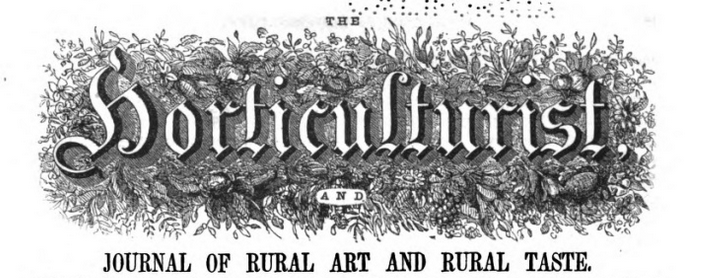
- Andrew Jackson Downing
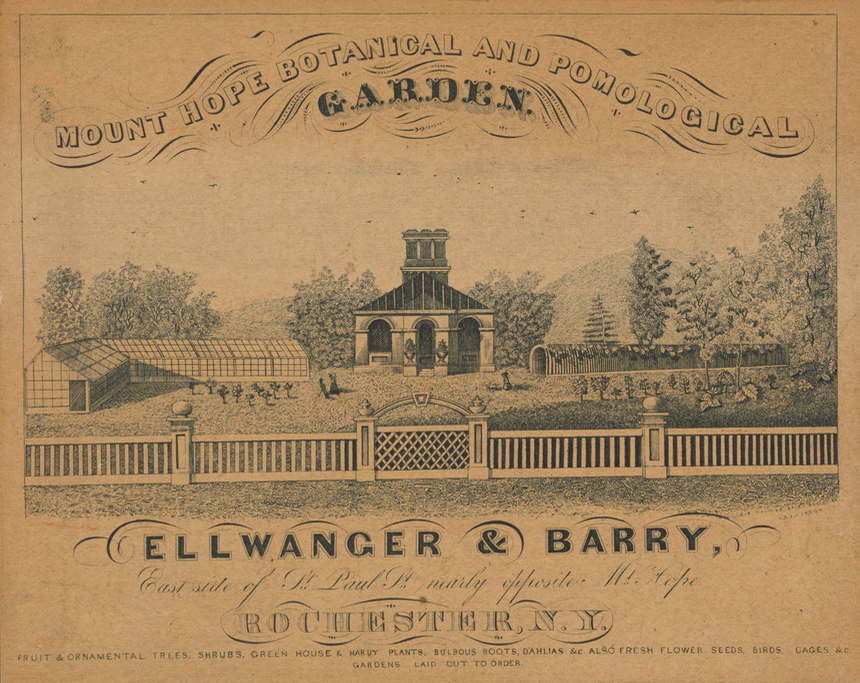
- Patrick Barry
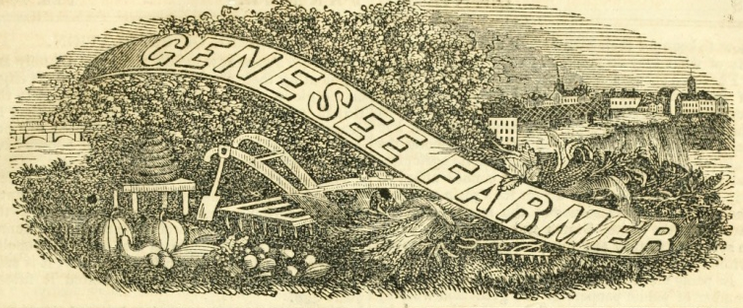
“Every farmer who wishes to live comfortably and pleasantly, must cultivate a Garden and Orchard. Fruits and Flowers enter largely into the stock of material that makes up a complete, respectable, and happy home. Fortunately these matters are daily becoming more and more appreciated.—Inquiry is rife on all branches of science and art of Gardening… Horticulture is linked with its kindred science, and both are sent out, arm in arm, every month, as time rolls on, to contribute something towards the improvement of soil and its products, the culture of the mind, and the encouragement and elevation of men encouraged in ‘the noblest of all pursuits.’'’
Chapter 2 - Good Nurserymen
- What did it mean to be a nurseryman in 19th-century America?
- What does it look like to sell a horticultural vision?
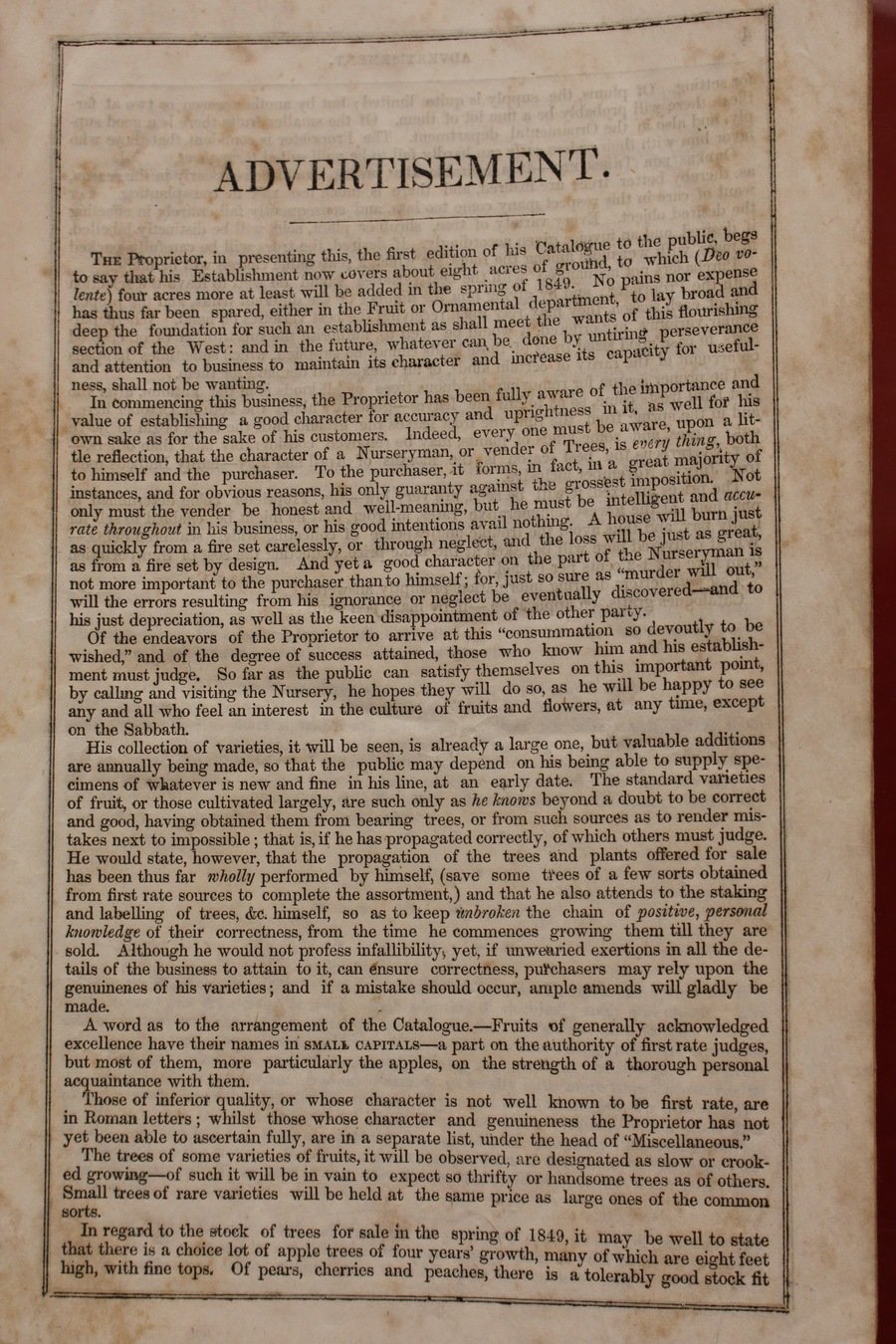
- "Shall meet the wants of this flourishing section of the West"
- "Untiring perseverance and attention to business"
- "accuracy"
- "uprightness"
- "valuable additions are annually being made"
Periodical Catalogue of Fruit and Ornamental Trees, Shrubs, and Plants, Cultivated and For Sale at the Delavan Nursery (Elgin, Illinois: Western Christian Office, 1849)
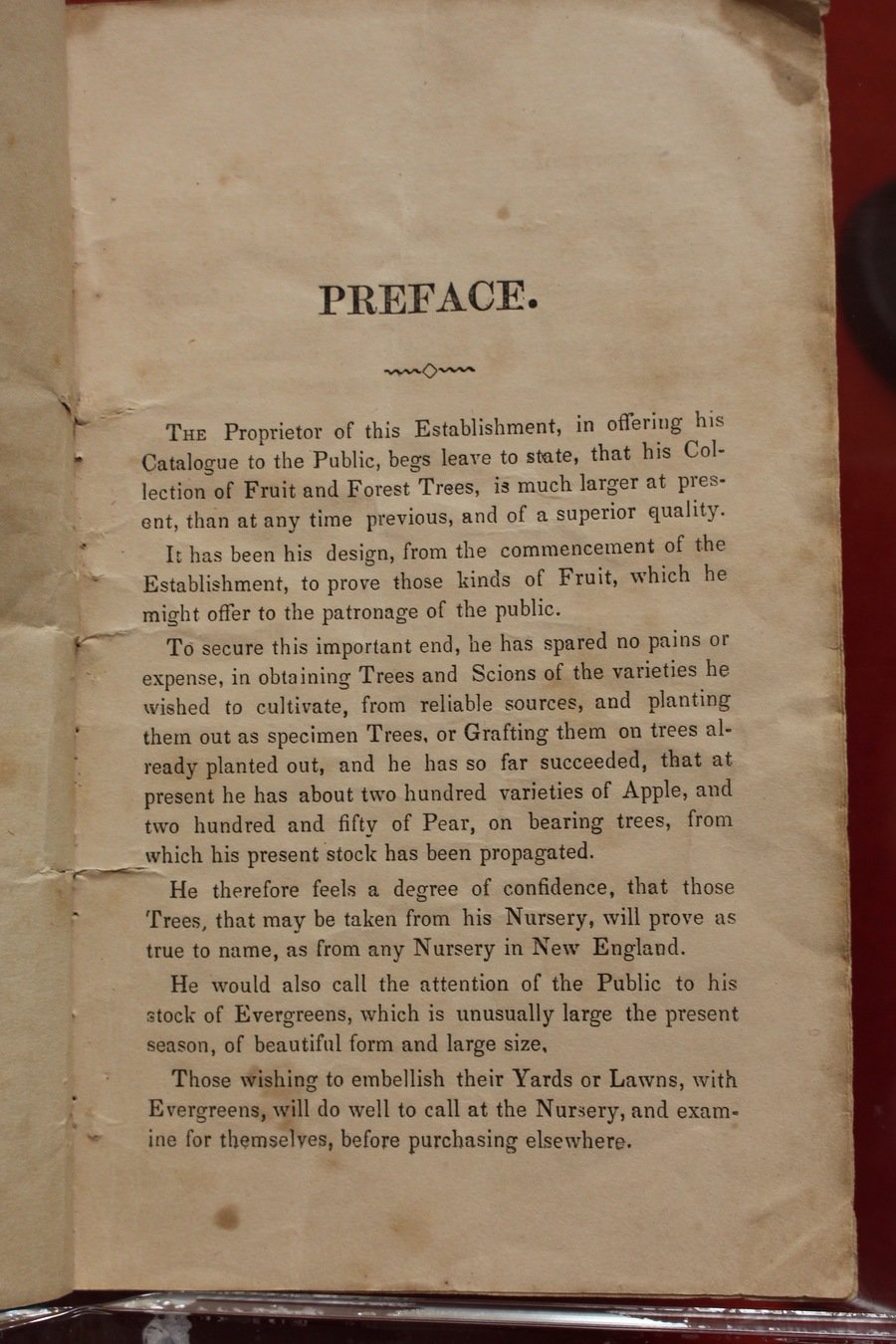
Catalogue of Fruit & Ornamental Trees, Evergreens, Flowering Shrubs, Roses, &c, Cultivated and For Sale by R.B. Hall (Providence, Rhode Island: A.C. Greene, 1851)
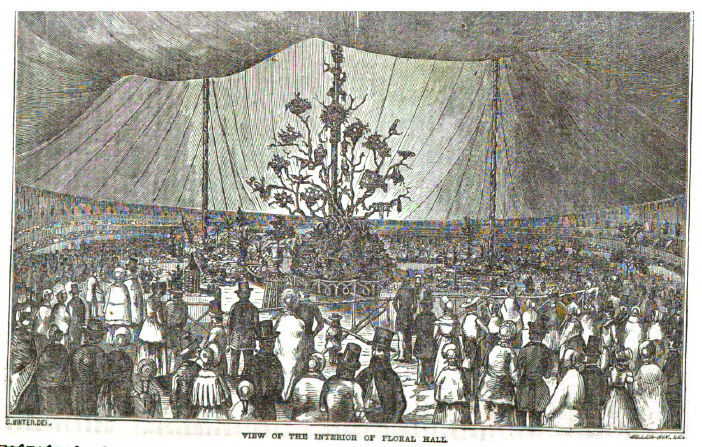
Characteristics of a Good Nurseryman
- Honest in business
- Demonstrate one's expertise through their publications, catalogues, displays, and nursery grounds
- Exudes "horticultural ideal" in public
- Key point: horticultural reform moves through their business, not only their words

Descriptive Catalogue of Fruits, Cultivated and For Sale at the Mount Hope Nurseries, Rochester, N.Y. (Rochester, New York: Curtis, Butts, & Co., Book and Job Printers, 1858)
Chapter 3 - Empire
- What are the material realities of this horticultural and professional ideology?
- What is a nurseryman's environmental impact?
- Alfred Crosby, Ecological Imperialism: The Biological Expansion of Europe, 900 - 1900. (1986)

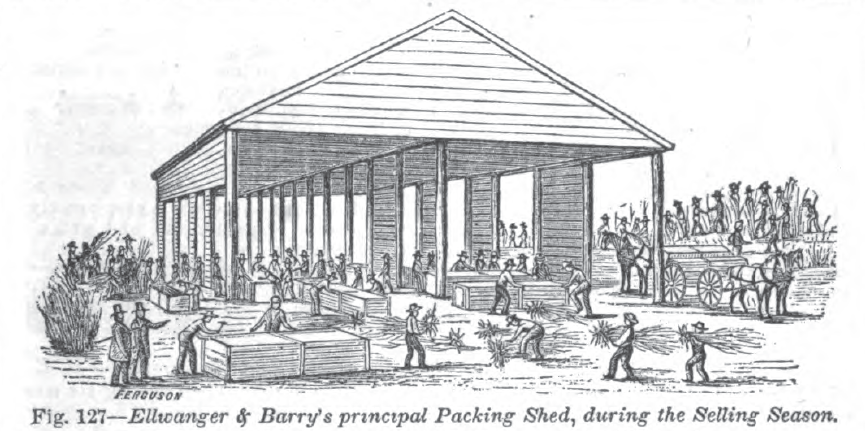
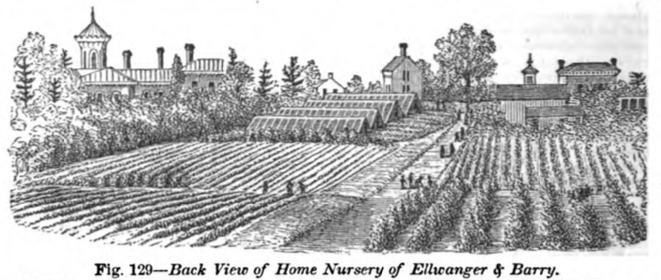
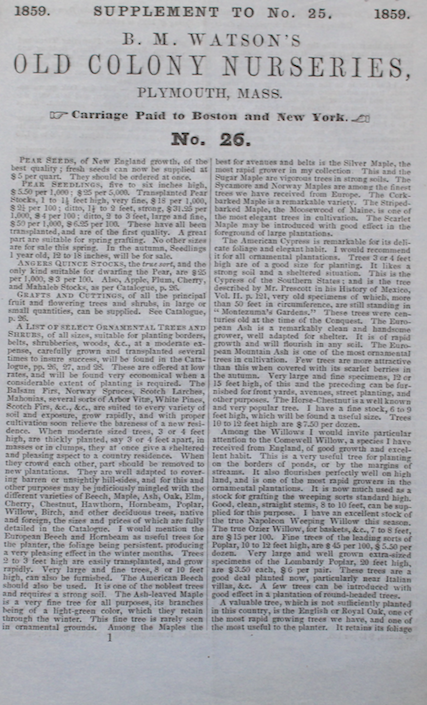
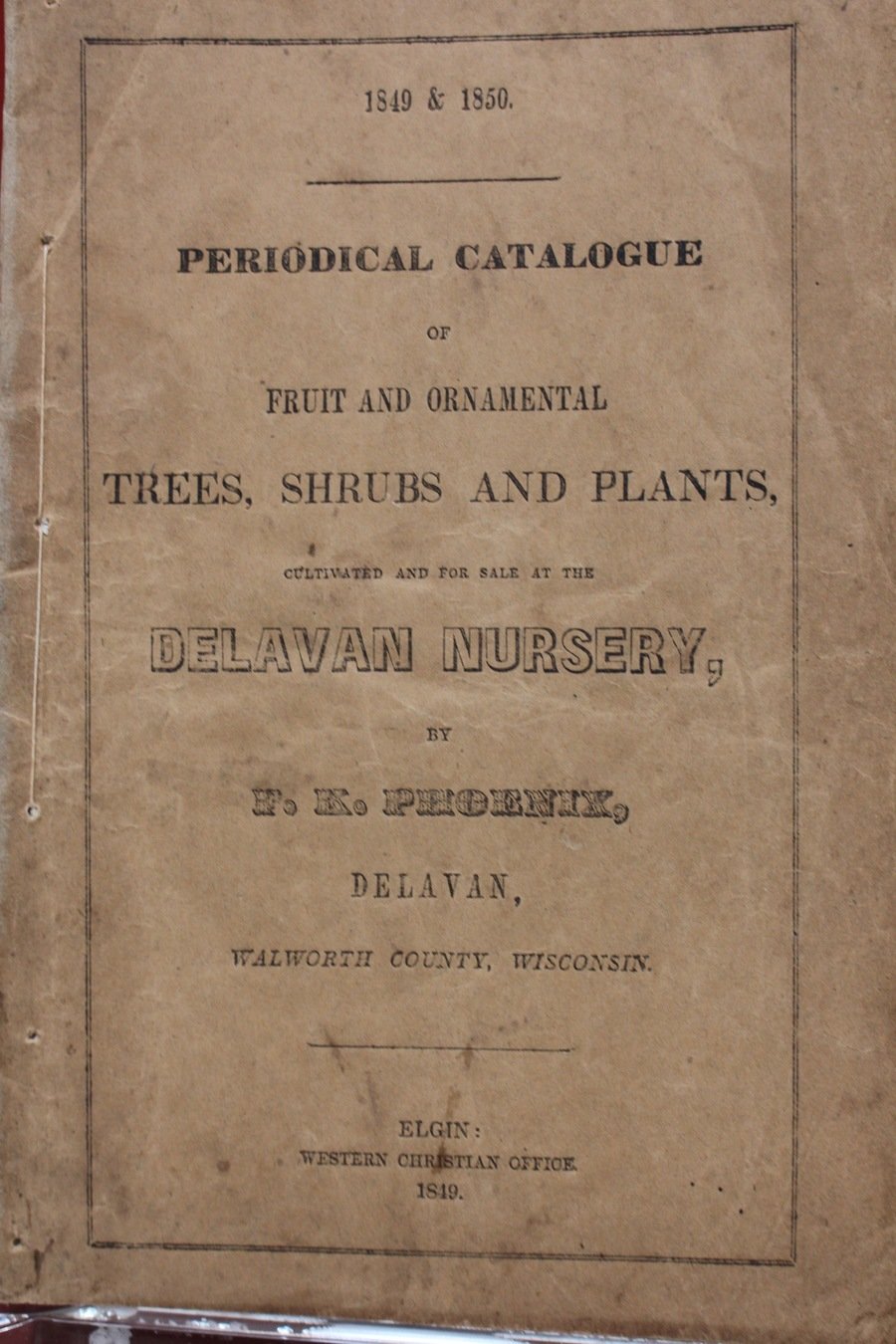
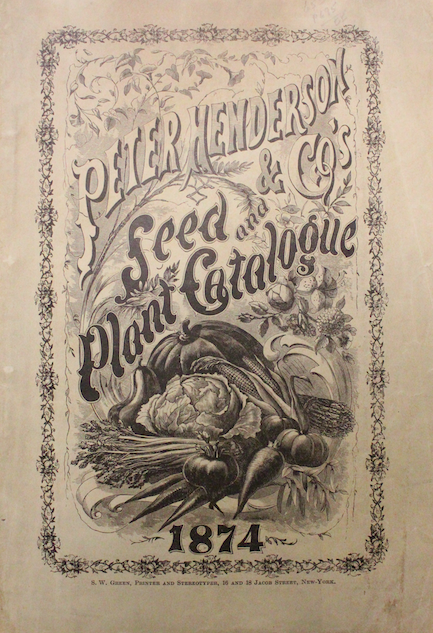






Chapter 4 - Ornament
- Seed Packets/ Gardening
- Rural Cemeteries, Parks, and City Beautification in general
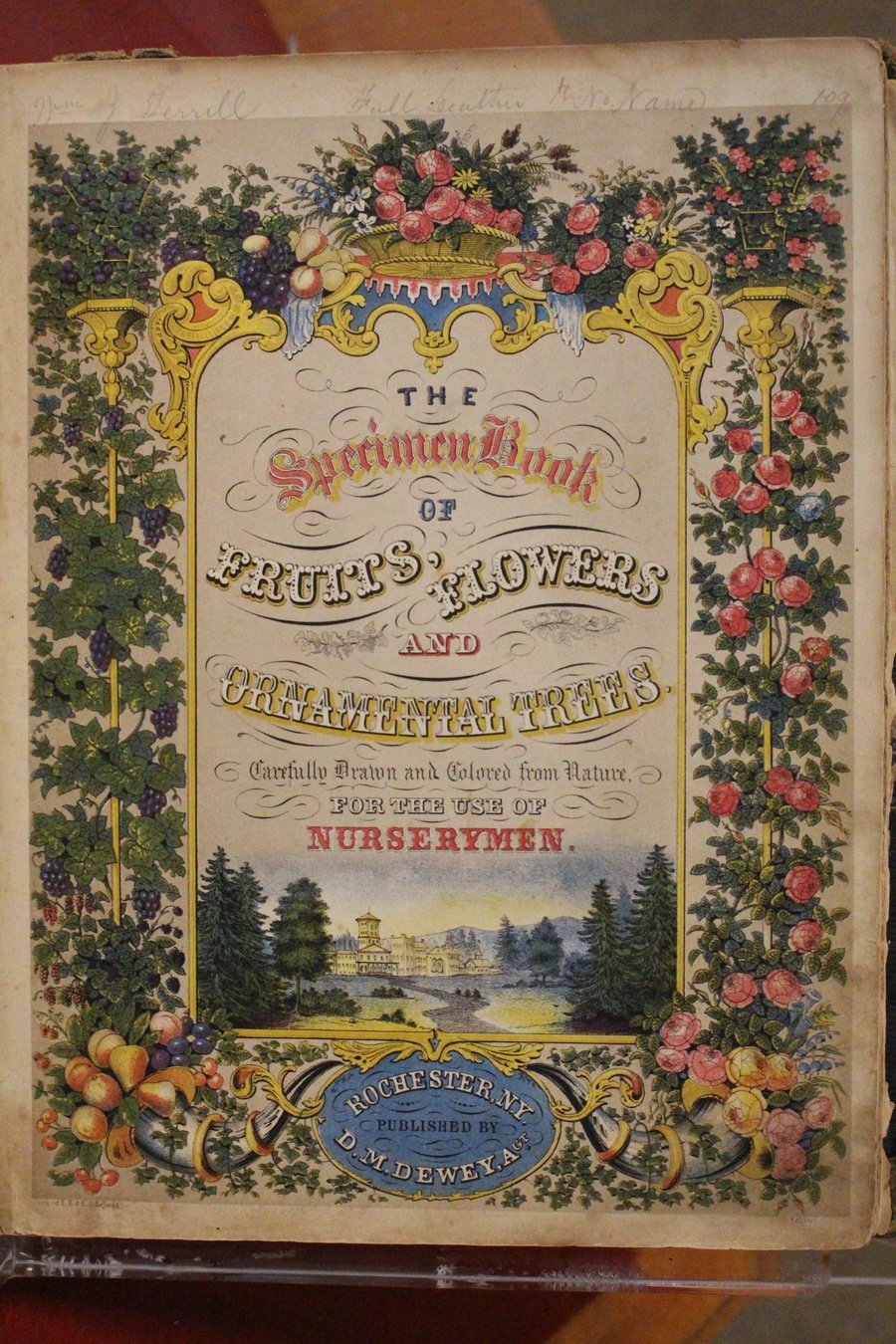
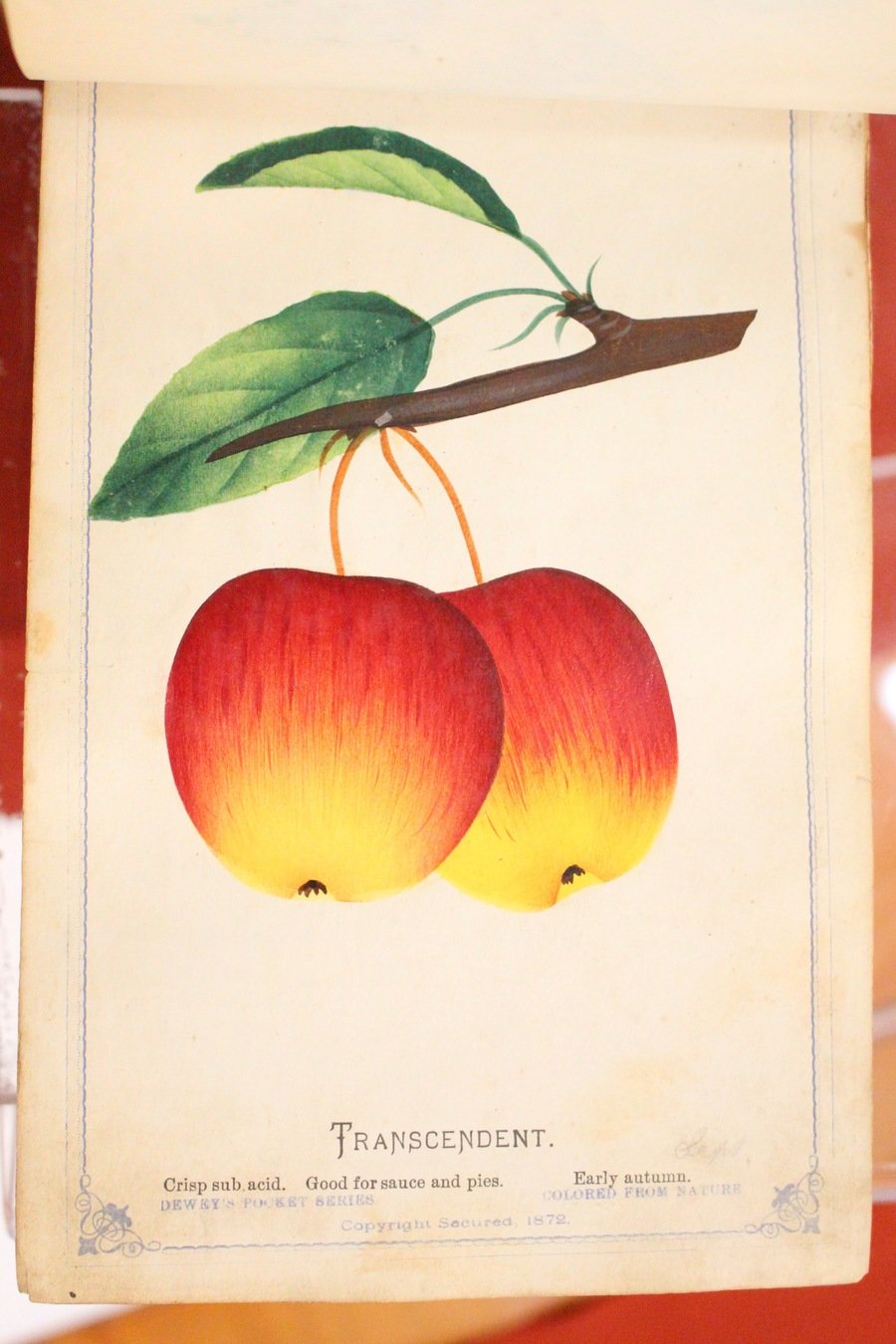
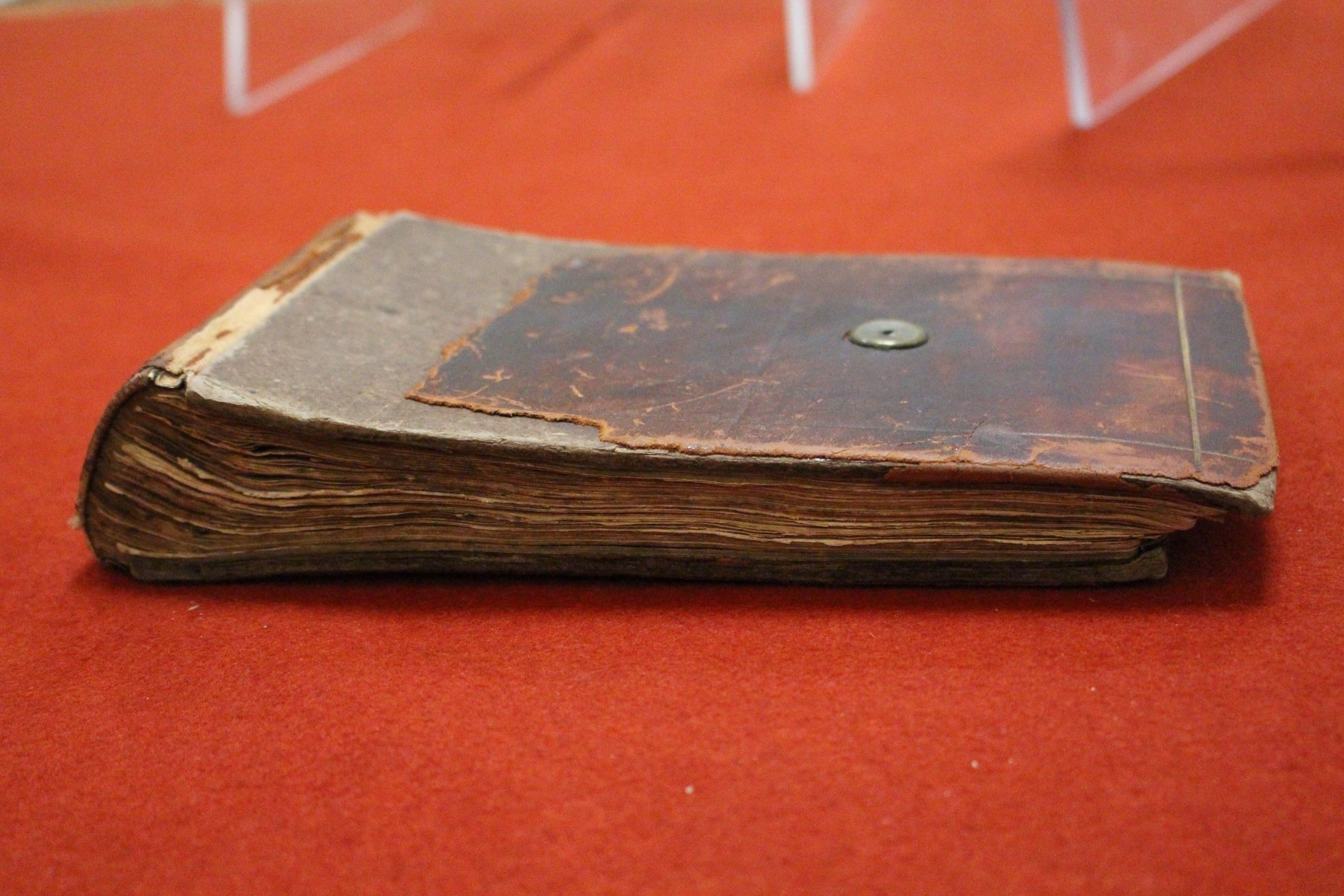
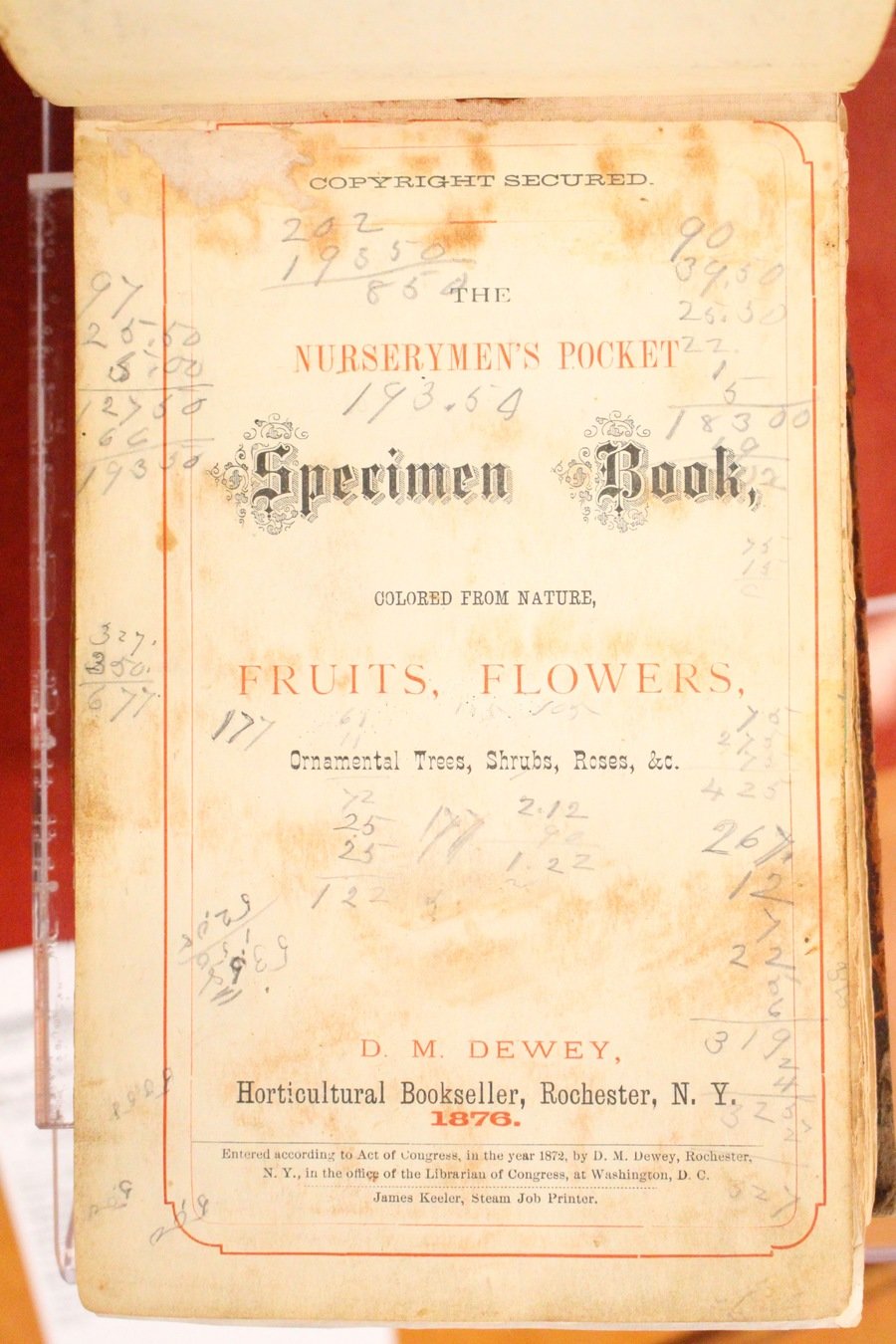
Chapter 5 - Flower City
- How did the revenues from plant, seed, and publishing shape the political, economic, and physical landscape of Rochester, New York?
Chapter 6 - Bugs
- How did the rise of invasive species, specifically the San Jose scale in the 1890s, affect the transcontinental plant trade?
- How did this affect the economic and physical layout of Rochester?